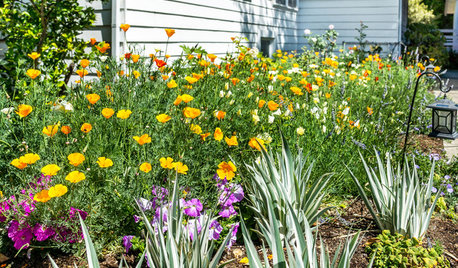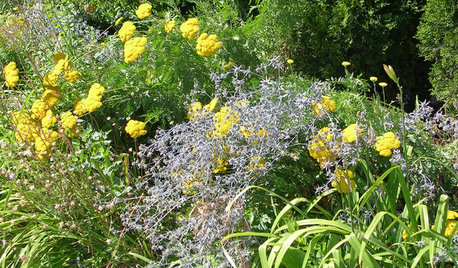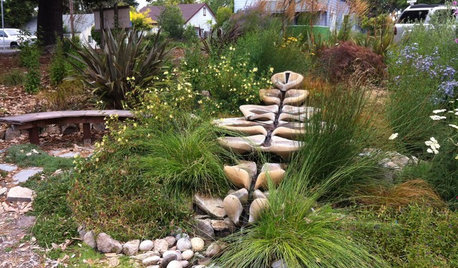Outdoor water deprivation methods
persianmd2orchard
10 years ago
Related Stories

HEALTHY HOMEHow to Choose a Home Water Filtering System
Learn which water purification method is best for your house, from pitchers to whole-house setups
Full Story
LANDSCAPE DESIGN10 Ideas for a Creative, Water-Conscious Yard
Check out these tips for a great-looking outdoor area that needs less water
Full Story
GARDENING GUIDESRocky Mountain Gardener: What to Do in July
Keep the party going all summer long with smart watering methods and fertilizer. Get ready for next year and order bulbs now
Full Story0

GARDENING AND LANDSCAPINGChill Out: 10 Cool Ways to Beat the Heat Outdoors
Step away from the A/C's artificial blast — and treat yourself to these more natural cool-down methods in the great outdoors
Full Story
SAVING WATER11 Ways to Save Water at Home
Whether you live in a drought-stricken area or just want to help preserve a precious resource, here are things you can do to use less water
Full Story
SAVING WATERXeriscape Gardens: How to Get a Beautiful Landscape With Less Water
Conserve water and make gardening much easier with the xeriscape approach’s 7 principles
Full Story
CONTAINER GARDENSContainer Garden Basics: How and When to Water Potted Plants
Confused about soil moisture, the best time to water and what watering device to use? This guide can help
Full Story
LANDSCAPE DESIGNGet Along With Less Lawn — Ideas to Save Water and Effort
Ditch the mower and lower your water bill while creating a feast for the eyes with diverse plantings and gathering places
Full Story
LANDSCAPE DESIGNHow to Move Water Through Your Landscape
Swales, underground pipes or a mix of both: There’s more than one way to distribute water in the garden
Full Story
LANDSCAPE DESIGNNew Ways to Design With Water
Go beyond 3-tiered fountains and faux waterfalls to discover water's architectural possibilities
Full Story





fruitnut Z7 4500ft SW TX
treehugger2012
Related Professionals
Beavercreek Landscape Architects & Landscape Designers · Garden City Landscape Architects & Landscape Designers · Lakeland Landscape Contractors · Medford Landscape Contractors · Pottstown Landscape Contractors · Matthews Landscape Contractors · Deerfield Landscape Contractors · Duarte Landscape Contractors · Fort Wayne Landscape Contractors · Fort Wayne Landscape Contractors · Huntington Landscape Contractors · White Bear Lake Landscape Contractors · Wilton Landscape Contractors · Irvington Landscape Contractors · Norridge Landscape Contractorspersianmd2orchardOriginal Author
mamuang_gw
alan haigh
fruitnut Z7 4500ft SW TX
MrClint
milehighgirl
fruitnut Z7 4500ft SW TX